There’s an iconic scene in Quentin Tarantino’s classic Pulp Fiction in which Samuel L. Jackson’s character, Jules, shakes down his boss’s “business associates” who have failed to return an item of value. For 2:05 awkward minutes, we watch Jules intimidate a bunch of nervous amateurs by leisurely (yet aggressively) eating and drinking their food. There’s something funny yet intense in the way he locks eyes with them as he literally eats their lunch. I don’t know if this kind of thing is common in the world of repo men, but it works.
There is something powerful about capturing and consuming your nemesis—be it a physical thing, a concept, or both. G. Gordon Liddy was an FBI agent and one of the people responsible for the Watergate break-in. He was also a bit of a nut. He grew up as a sickly, weak, and fearful child and, one fine day decided to overcome all of it. To lose his fear of heights, he climbed to the top of the tallest tree he could find and held his arms skyward—in a lightning storm—which he was also afraid of. Somewhat grotesquely, to overcome his deathly fear of rats, he hunted one down in an alley and then ate it. Post consumption, he owned it, literally and figuratively.
This idea can even extend to the “consumption” of non-material assets of an enemy, such as their music. There is a commandment to say a series of meditations at the end of a bread-based meal called Birkat HaMazon. Oftentimes, the words are sung, and there is a well-known tune that generally goes along with it. One time, after a satiating Shabbat luncheon, I heard the folks around the table break into the tune of La Marseillaise, the French National Anthem. Surprised, I asked what that had been all about, and they explained that it was an old custom to adopt the songs of your oppressors (as the French had once been). I was fascinated at this small gesture of cultural comeuppance and wondered where else this kind of approach might appear in Jewish practice.
It’s no secret that food is a significant aspect of Jewish ritual and communal life and can take on highly symbolic meanings. How interesting that in considering what to symbolize at the Passover Seder, the sages chose (among other more positive symbols) bitter herbs and charoset—gastronomic symbols of pain and suffering. Why would they do that? And why must we eat them, even if we don’t really enjoy them? Perhaps this practice stems from this same impulse. In symbolically consuming the bricks and mortar of our captors—the representations of their power and control over us—we take a conscious step towards reclaiming our power and our freedom.
And this brings us to Haman, the genocidal antagonist of the Purim story. It has always struck me as odd that we have created a dessert in his memory. The famous Hamantaschen are triangular cookies filled with everything from white chocolate to the perennially unpopular (at least in my house) poppy seed. They’re said to be reminiscent of his triangular hat. They’re yummy. They are also a symbol of yet another lunatic who tried to kill all of us. And yet, we don’t have Hitler Tarts or Kossack Crackers. Why not? Perhaps we are willing to celebrate in this unique culinary fashion only those events from which we emerged relatively unscathed (like Passover and Purim) and that they are inappropriate for the darkest periods of our history.
The word “Tash” in Hebrew means to weaken. In that sense we can say that hamantaschen are “Haman weakeners”—little sweet reminders that the power of evil never lasts. There’s also an idea that the Jews in Persia did not fully comprehend what was coming for them. Mordechai, the hero of the story, wanted to convey the seriousness of the situation but was afraid to do so openly lest the letters get intercepted. Cleverly, he hid the messages in pastries which went unnoticed by the authorities.
As we are currently in another dark moment in the Jewish saga, this is an important idea to keep in mind. When you much down your Hamantaschen this year, savor them, and while you do, strive to taste some of the latent power that has always allowed us to prevail over our many enemies.
Eat their hats.





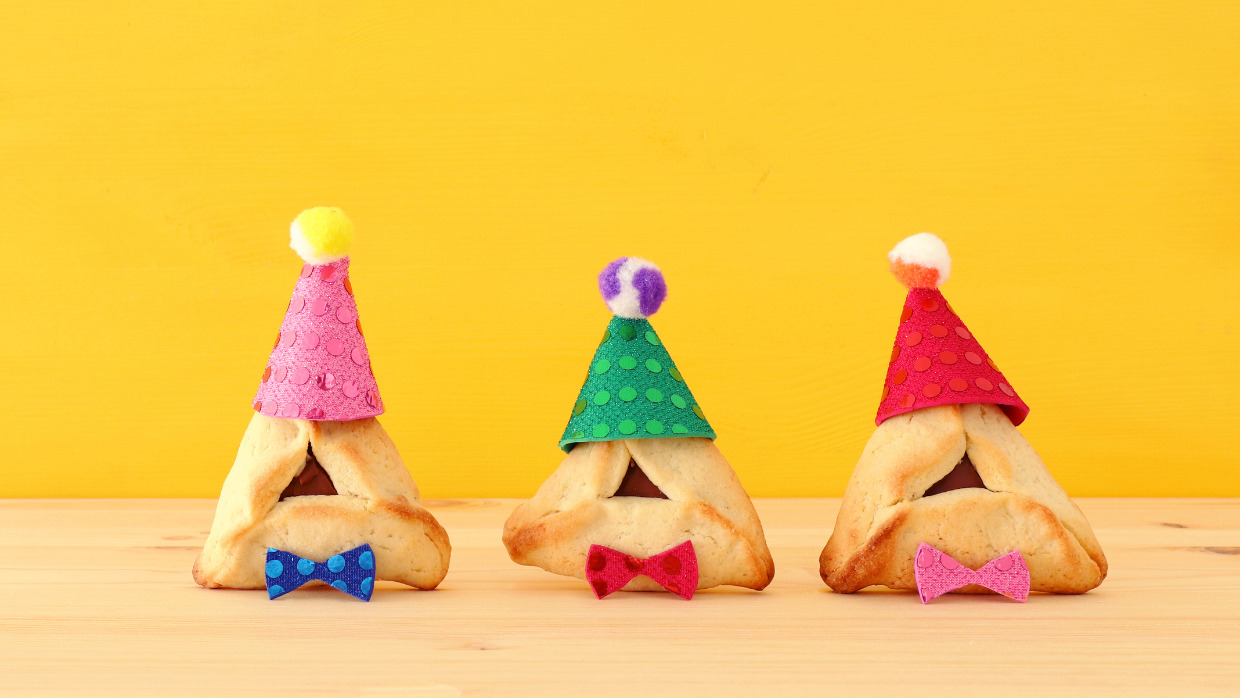



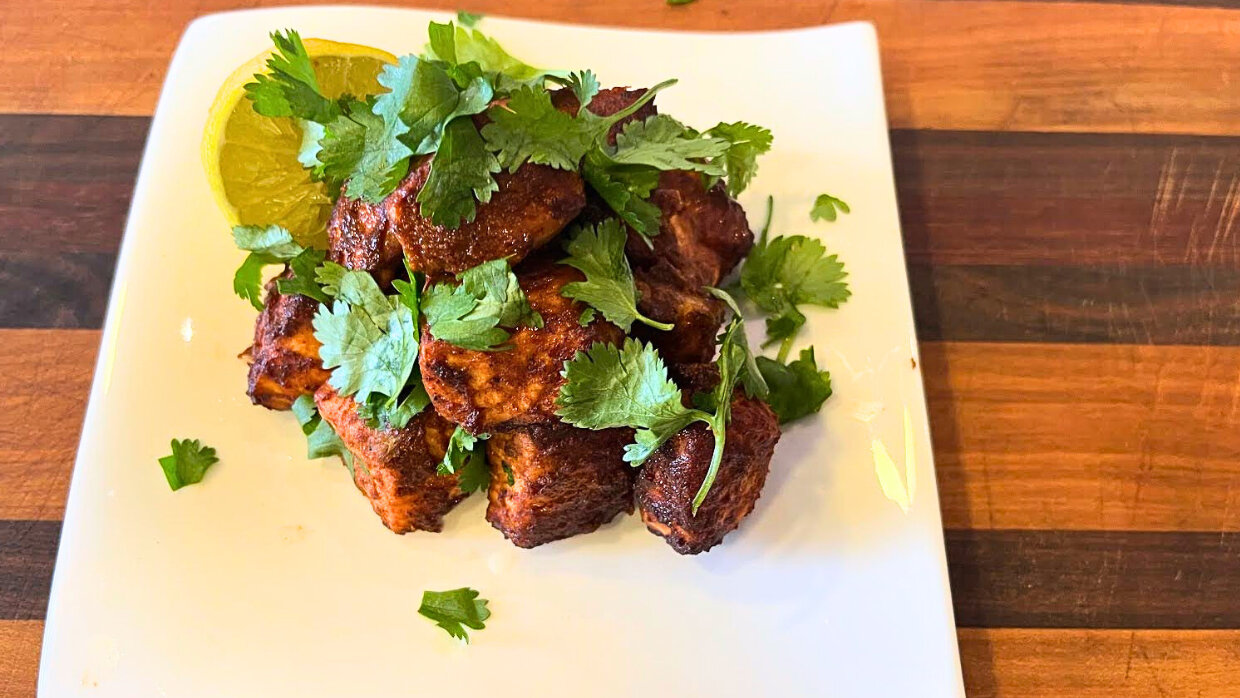
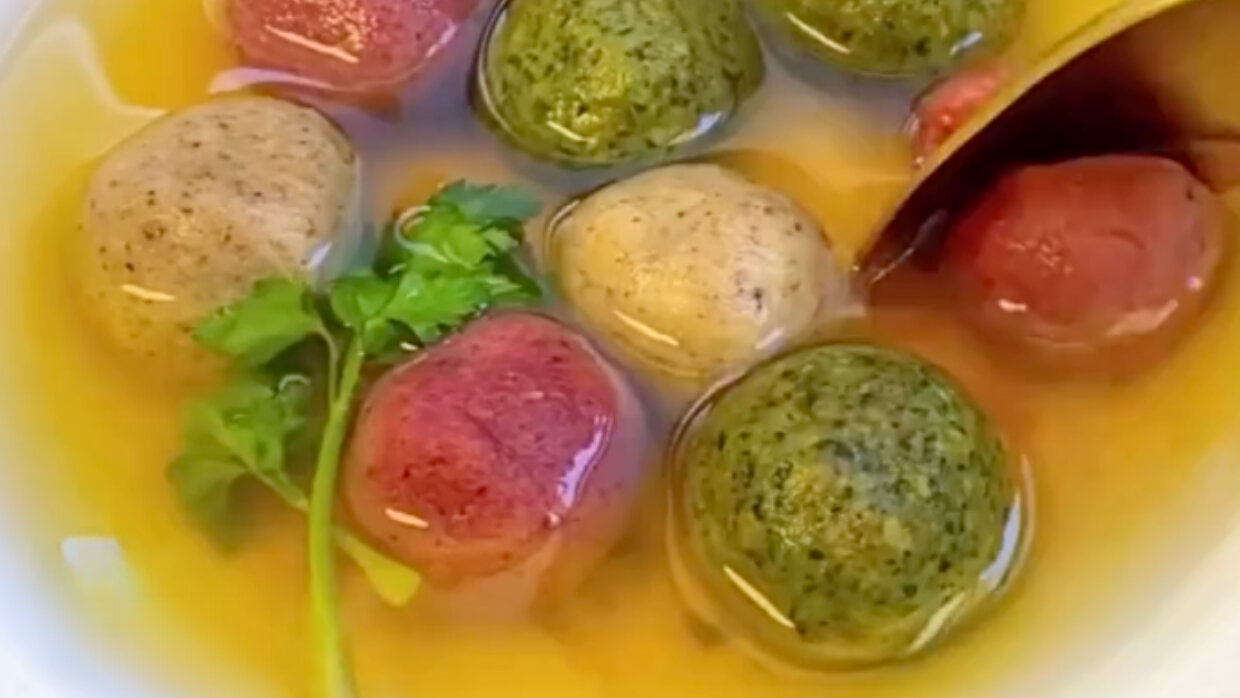

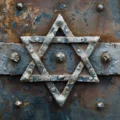
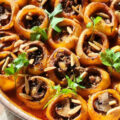




Great kids holiday. Great Kids story.
Hamantaschen is a Yiddish word. It really should be written Ha mun taschen. Which would translate to the seed pockets. That's why poppy is the original flavor. There is a midrash that states that Esther was able to keep the laws of kashrut in the palace by keeping nuts and seeds in her pockets.
Nice!